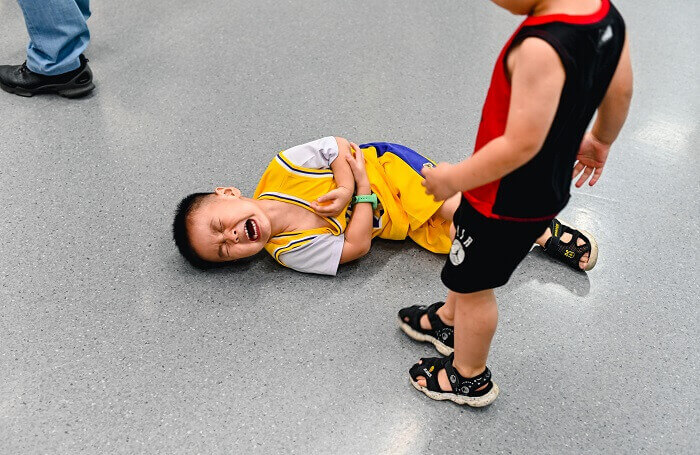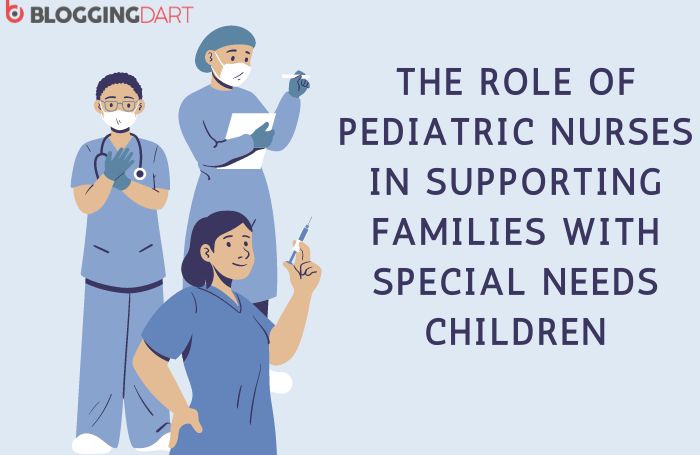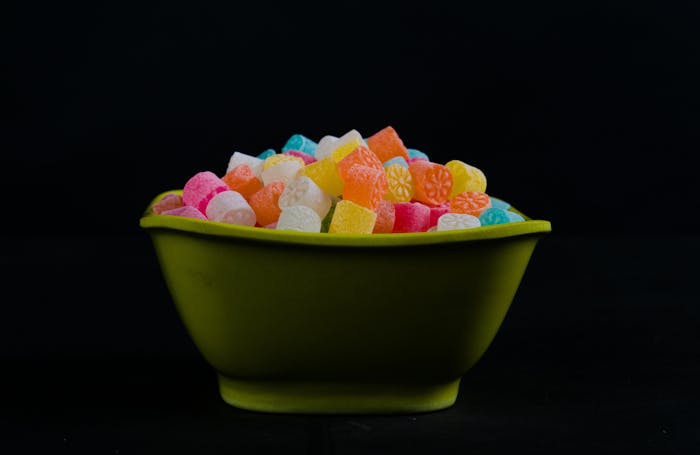
With all the continuous walking, running, climbing, and exploring your children do, it is no shock that falls are very common.
In spite of the fact that a few fall occurrences may only result in mild bumps, cuts, and bruises, a few falls may lead o serious wounds that require restorative attention.
According to reports, an appraise of more than 2.2 million children ages 0-14 are treated yearly at hospital emergency rooms for a fall-related injury.
The same insights show that falls cause almost 100 child fatalities each year and more than half of those cases occur among children ages 4 and under.
Falls are one of the most common causes of injury for children of all ages.
The seriousness of the injury may depend on the height of the child from falls and/or the surface the child falls onto. It may also depend on what the child hit during the fall.
A standing child or a little child starting to walk has visit minor falls.
FACTS:
- According to the Child Accident Prevention Trust, children under the age of 5 are the ones to experience most falls.
- Babies and infants are more likely to fall from furniture, baby walkers, and stairs.
- Toddlers tend to fall from windows and stairs.
- Older children (5 years old and up) are more often to experience falls from playground equipment.
- Boys are more likely to die from fall-related injuries than girls.
To minimize fall injuries among infants and toddlers, we recommend looking at the environment from your child’s level.
First aid pro has some safety suggestions that you can do to avoid falls.
1. Remove tripping hazards
A clear region may be a secure area for children. Remove any stumbling hazards on the floor including toys, floor coverings, and electrical cords.
All furniture with shard edges such as seats and tables should be padded or at the slightest be removed from the play area.
2. Keep the children supervised
This applies to strolling, playing, indeed during changing times. Since children are normally unaware of their environment to their youthful age, it is best not to leave them unsupervised by adults.
Never take off a child unattended on a changing table. Consider changing your child on a large towel put on the floor, not on a table or tall surface.
3. Use of safety harness
We recommend the use of a full-body five-point safety harness in strollers, high-chars, even shopping trolleys to provide extra safety for unexpected falls.
4. Install safety gates
Having safety gates installed in suggested areas will help prevent falls. These are usually installed on the top and bottom of the staircase.
5. Use of rubber mats
These can prevent sliding in the bath and shower areas that can cause serious head injuries to children.
6. Window safety
Windows are a common area where child falls happen. Make beyond any doubt that children don’t have to get to open and drop out of any windows.
Install window locks and keep any furniture absent from the window to maintain a strategic distance from the possibility of the child climbing up and opening the window wide enough o through. Install window guards and creepy crawly screens for additional protection.
Serious falls are not approximately the lurched and trips that young children encounter on an everyday premise.
Fall emergency is considered genuine when it involves the following: a child falling from an open window; a newborn newborn child falling head-first from a bed; a crawling child falling down a flight of stairs.
What to do on the off chance that the Child has a Serious Fall
Call Triple Zero (000) for emergency offer assistance and check if your child is showing any of these symptoms:
- Unconsciousness
- Difficulty in breathing
- Not breathing at all
- Serious injury in the critical areas (head, neck, back, hipbones, or thighs)
- Seizures
If the child is not vomiting and does not exhibit any of the symptoms above, here are the first aid steps to follow:
Comfort them and look for any injuries
Check them closely to see if there are any signs of bleeding, bruising, or contorted limbs indicating a particular injury.
In case you suspect a neck and/or spine injury acquired from the drop, don’t move the child. Try and keep them as still as possible, debilitate them from bending or any movements until paramedics arrive.
Apply a cold compress or ice pack on any bumps and bruises.
This procedure will offer assistance to decrease the pain and swelling within the injured areas.
Give acetaminophen or ibuprofen
On the off chance that your child is conscious, he/she may take acetaminophen or ibuprofen for pain. It is better to allude to refer to a specialist before giving the child medicine for precaution.
Let them rest for the next few hours
Most children will require a couple of hours of rest to gain their strength after the fall. Let them rest, as required.
Monitor for the next hours
Observe them closely for the following 24 hours for any unusual symptoms or behavior.
When to call an Ambulance
A trip to an emergency room or pediatric trauma center is likely needed if:
- The child became very sleepy or difficult to wake up
- The child exhibits unusual behavior (easily annoyed/ upset/ cannot be comforted)
- The child vomits more than once
- There are complaints of head, neck, or back pain
- There is complaints of increasing and intolerable pain in parts of the body
- The child is not walking normally
- The child is having a hard time focusing on his/her eye
- The child exhibits symptoms that are worrying.
When this happens, quickly phone triples zero (000) and inquire for help.
All parents, carers, or anybody included in taking care of children must learn around the strategies to avoid and treat genuine falls.
Falls are surely one of the foremost traumatic and annihilating mischances an infant or child can have. In a worst-case situation, they can suffer from learning disabilities and personality/behavioral changes.
The results of falls can final for a lifetime and affect the full family when treated wrongly. To maintain a strategic distance from that, think about prevention and learn the proper first help for falls in children. profiting first aid course is key











